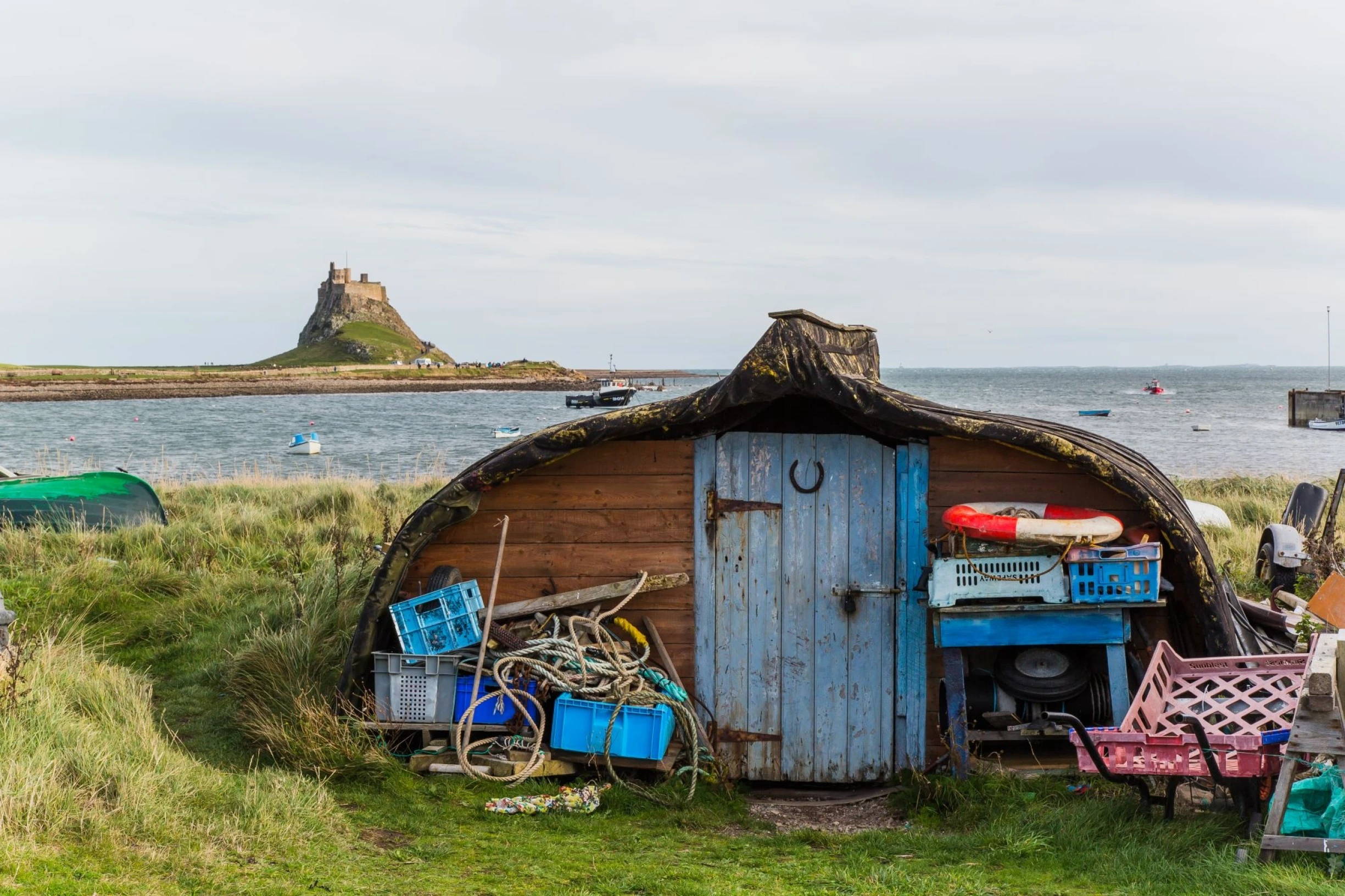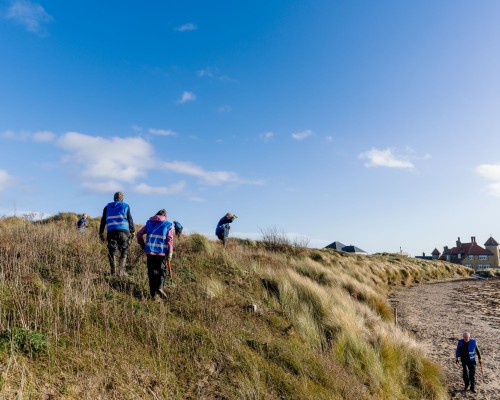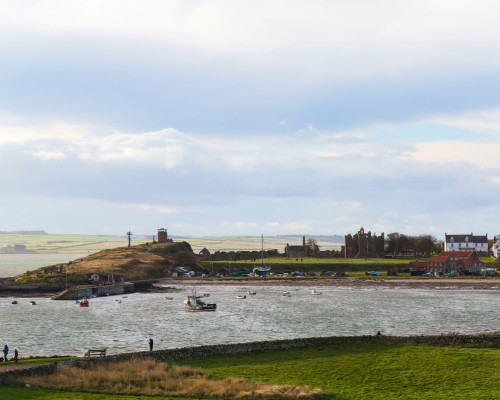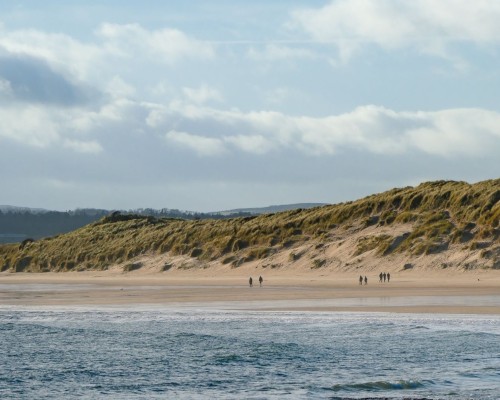Holy Island
Steeped in cultural history, home to outstanding wildlife and a thriving community, and a place of pilgrimage for generations

Steeped in cultural history, home to outstanding wildlife and a thriving community, and a place of pilgrimage for generations

The Holy Island of Lindisfarne is separated from the mainland by a vast system of saltmarshes and mudflats and is only accessible at low tide by a causeway (reached from the village of Beal), or by walking the Pilgrim’s Way. Always check the safe crossing times before you travel.
The island sits in the heart of the Lindisfarne National Nature Reserve, an internationally important area providing food and shelter for specialist plants and migrating animals throughout the year. Shifting dunes, intertidal sand and mud flats, saltmarsh and ancient raised beaches attract vast numbers of shorebirds and wildfowl, and the haunting calls of Grey Seals can be heard across the sands. Brittle Star and Top Shells hide under the boulders on the rocky south-east shore, and the dunes provide ideal conditions for plants like Bloody Cranesbill, Viper’s Bugloss, and the unique Lindisfarne Helleborine to thrive.
In the spring and autumn, shorebirds including Bar-Tailed Godwit, Knot and Redshank can be seen on the mudflats and Thrush and Warbler in the fields and gardens on the island. In the winter, thousands of Wigeon, Light-Bellied Brent Geese, Grey Plover and other internationally important waders and waterfowl gather to feed and rest.
A monastery was founded on Holy Island in 635 by St Aidan, at the bequest of King Oswald. St Cuthbert came to the island in the 670s and later became bishop, as the religious community, with its close links to political power, grew in size and wealth. After St Cuthbert died, Lindisfarne became a centre of pilgrimage and place of learning as well as power, with the Lindisfarne Gospels, a masterpiece of early medieval art, produced on the island in the early 700s. A devastating attack by Viking raiders in 793 brought in an era of disruption, but vestiges of a religious community continued and a new church, St Mary's, was built in the 12th century. St Mary's and Lindisfarne Priory can be visited today.
The more recent history of the island is evident in the surviving buildings, with Lindisfarne Castle, standing high on a rocky outcrop on the south-east of the island, providing defence in turbulent times before a major redesign by Edward Lutyens in the early 20th century. Distinctive upturned herring boats provide storage for fishermen, a beautiful garden designed by Gertrude Jekyll overlooks the castle, and cottages and farm buildings with pantile rooms are found in the village and scattered across the island. The sea and tides are reflected in the structures seen around the island, from navigation beacons constructed in the 1820s on Ross Sands, refuge boxes on the causeway, and watch towers on the Heugh.
Today, the island is home to a small community as well as being a special place that is enjoyed by hundreds of thousands of visitors every year.

The Conservation Team is a volunteer initiative carrying out vital tasks.
Find out more
Discover the traditional villages and lively harbours in the Northumberland Coast National Landscape.
Find out more